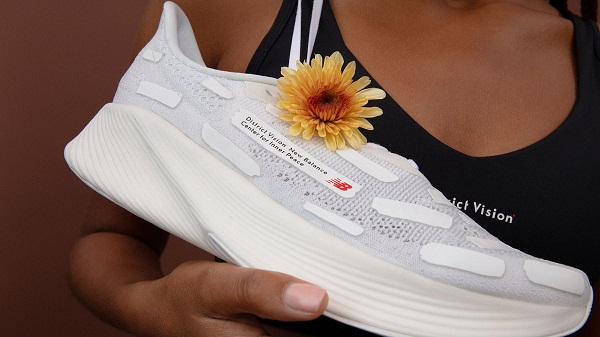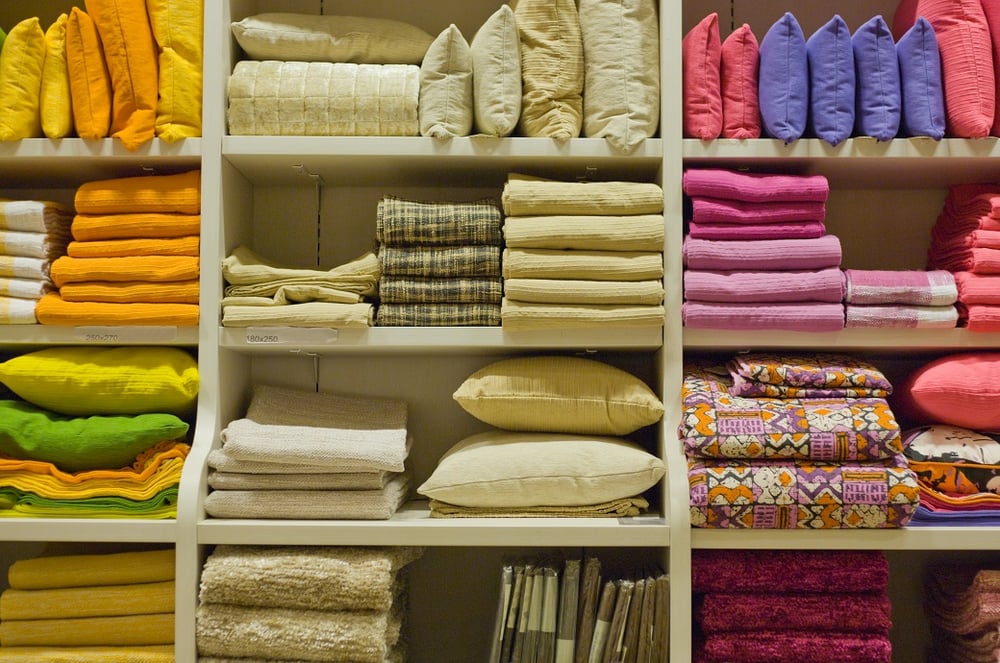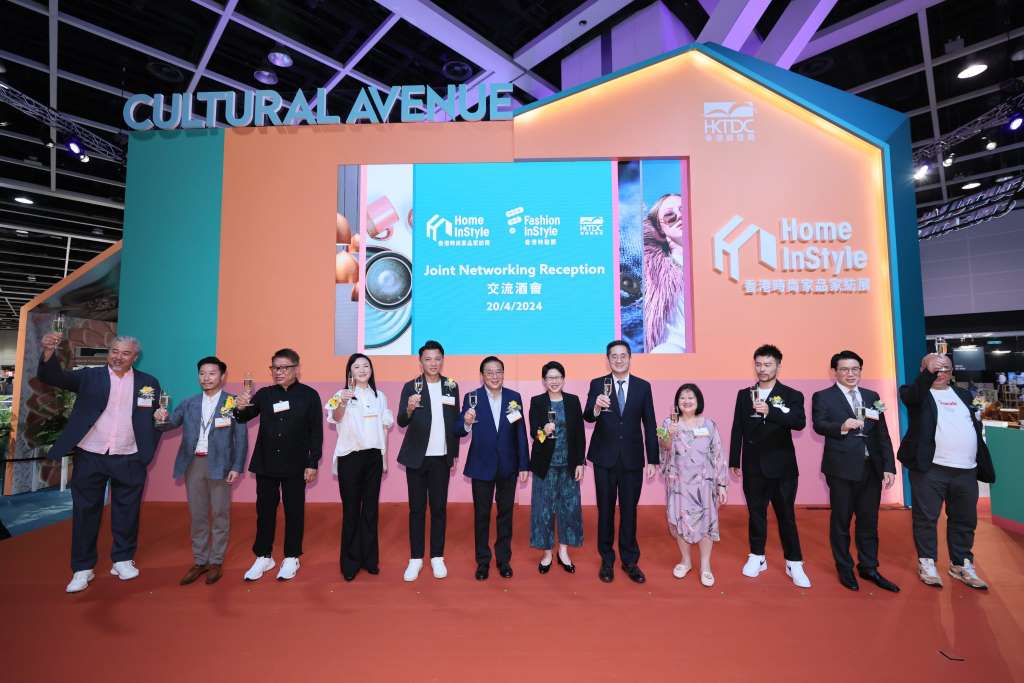
The pandemic has created new opportunities for activewear brands like Vuori and Gymshark. Demand for sportswear is expected to increase from €295 billion ($384 billion) in 2021 to €395 billion by 2025, says a McKinsey & Company report However, foraying in this market can be challenging as newcomers have to compete with global distribution and high-budget marketing campaigns of Nike and Adidas. They have to also convince lifelong customers of these established retailers of offering better quality products, indicates a Business of Fashion report.
From a local niche retailer selling men’s yoga clothes in 2015, Vuori has grown an average of 250 per cent every year. The company launched new categories and expanding into womenwer too. Last year, the Joe Kudla-led brand also received funds worth $400 mllion from Softbank’s Vision Fund, which valued it at $4 billion. Like other activewear labels like Alo Yoga, Gymshark and Fabletics, Vuori has been successfully grabbing market share from top players. The brand created specialized, fashion-forward products and built communities around underserved interests.
Tapping into special interest community
Gymshark, too made a name for itself by tapping into the humble local gym, one trainer or amateur bodybuilder at a time, relying on them to be ambassadors for the brand on social media. On its social channels, Gymshark posts relatable memes and catchy hashtags. In gyms around the world, the company has held open workout sessions, building its base of die-hard fans.
Tapping into a special-interest community in order scale a brand isn’t a new idea for sportswear brand. The same approach was deployed by Nike with runners in its hometown Portland, Ore. in the 1970s and Lululemon with yoga — back then, a hot new trend — in the ’90s. Creating a product that’s tailored to a specific need also enables brands to tap into that initial community of “super fans” and stand out among generic sportswear makers, says Richard Kestenbaum, a retail and consumer investment banker and co-founder of Triangle Capital.
Providing appropriate eyewear
Entrepreneurs Tom Daly and Max Vallot often lamented the lack of appropriate eyewear in the US market. The pair was unable to find specialized sunglasses for running. Hence, in 2015 it launched District Vision, a range of comfortable, stylish and oil and water resistant sunglasses. The company also sells apparels now. It works with a few luxury retailers including Ssense, Dover Street Market and Browns. Last year, the brand doubled its shares.
Brands are also differentiating themselves with social messaging. Gymshark promotes a message of belonging to that tribe of fellow gym junkies, rather than needing to be the best, the strongest or the fastest, says Nick Geoghegan, Strategy Director, Eatbigfish, a consultancy specializing in challenger brands. District Vision, also highlights the importance of mental health by offering customers courses on mindfulness.












